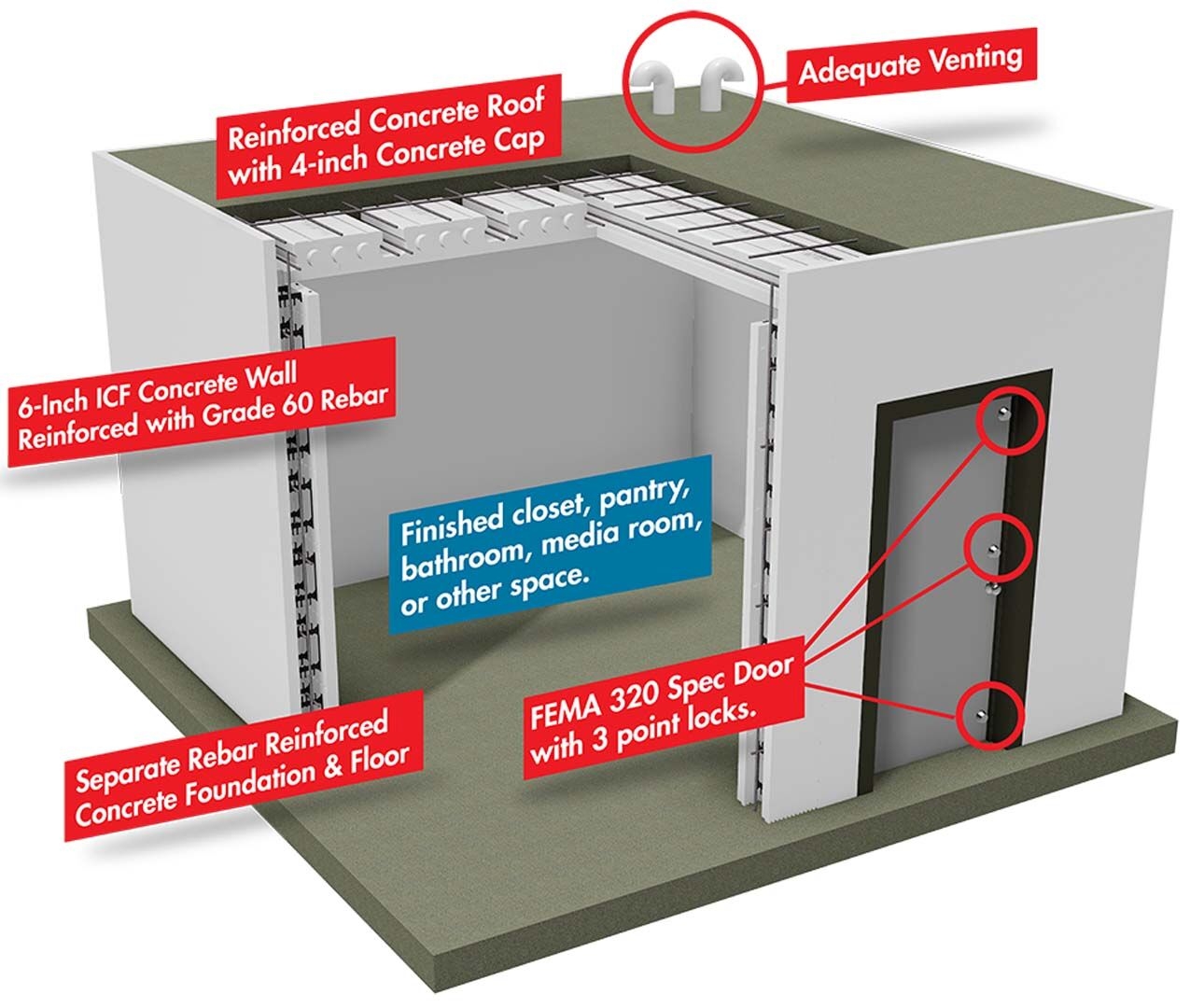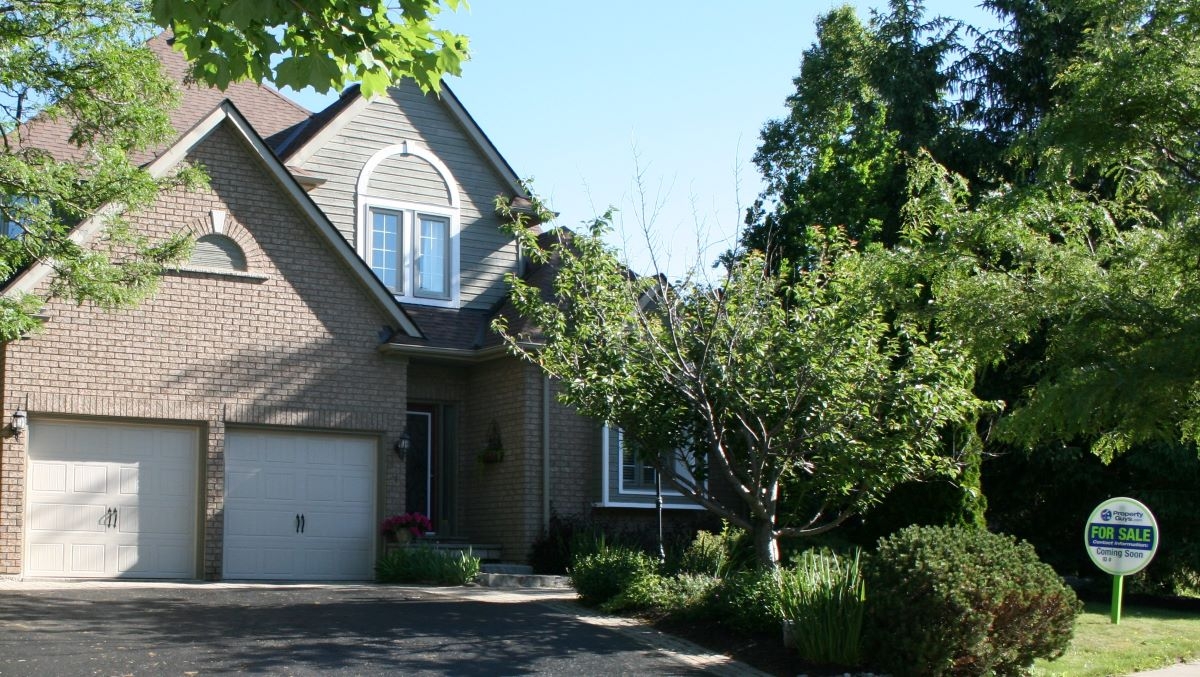
Building at-home tornado shelters
Tornadoes have unfortunately become a reality of Ottawa life. This begs a question: Is it time for Ottawa residents to build storm shelters in our homes?
If so, here are some ways to do it.
One option is to buy a pre-built storm shelter unit, like the ‘Twister Pod’ made by Survive-a-Storm Shelters. For US$3695, you get a cylindrical enclosed shelter with door capable of holding up to four people. Made of 3/16" thick steel with built-in benches and air venting, the Twister Pod is mounted directly to a ground/basement level concrete floor using heavy-duty bolts. Survive-a-Storm says its Twister Pod can withstand tornadoes up to the E5 rating. (For US$4195, you can buy a Twister Pod Max that seats up to six people). Shipping and installation are extra.

For people who prefer their pre-built storm shelters out of sight, Survive-a-Storm makes underground units with built-in stairways and top-opening doors that can be installed under garages and in yards. Also made of steel and rated to survive E5 tornados, these models range in sizes from 5' long by 6 wide' by 6' tall (US$6695; 10 occupants) to 20' by 6' by 6' (US$24,995; 32 occupants). You’ll need to pay for shipping and installation – which will require digging up your garage floor or yard!

A second option is to build a storm shelter within your basement. There are lots of plans for doing this yourself on the web; such as this storm shelter at HowStuffWorks.com. This shelter is fundamentally an anchored, reinforced box made of 2x4s and sheathed with 14 gauge steel sheets, plus a foam-filled steel door. The steel is necessary to protect the inside from flying objects – which can be turned into lethal high-speed missiles by tornado winds.
A similar DIY basement storm shelter can be found at www.FamilyHandyman.com. The beauty of this plan is that the web site provides a detailed downloadable PDF showing the various layers of the shelter.

Instead of wood and steel, you can build an indoor storm shelter/safe room using Insulated Concrete Forms (ICF) and poured concrete, as shown by this model at BuildBlock.com. The purpose is the same, but the use of IC, rebar, and poured concrete makes for a truly-strong shelter.
For truly detailed storm shelter plans, surf to the FEMA website and download the free booklet entitled “FEMA P-320 – Taking Shelter from the Storm: Building a Safe Room for Your Home or Small Business”. Because FEMA is a US government agency, the content is aimed at American readers. However, tornadoes know no borders, and the detailed building advice/plans within this free booklet applies just as well to Canadians.
Clearly, there are options when it comes to installing at-home storm shelters. The downside is this is not a service offered by most (if any) Ottawa contractors. So you may have to do the installation yourself, or do some digging to find a local contractor willing to take on this task.








